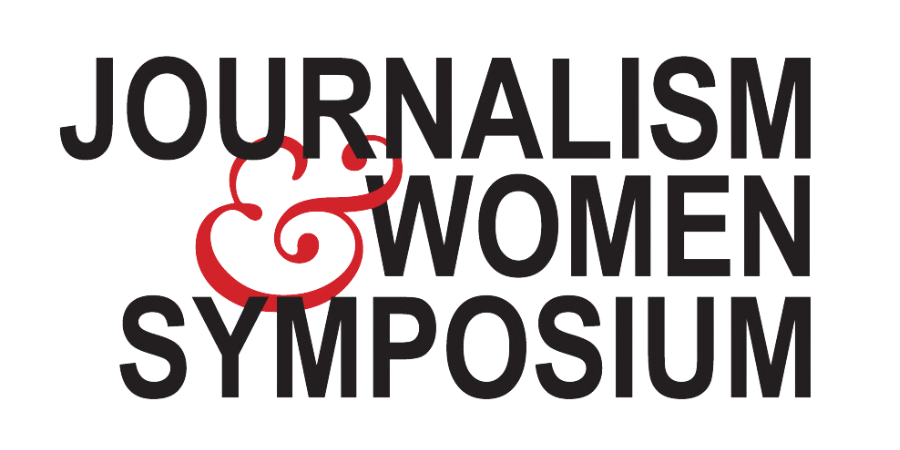CAMP 2018: Covering LGBTQ Issues Tip Sheet
By Sana Malik
Presenters/Panelists
Moderator: EJ Graff, journalist, commentator, and author (@ejgraff)
Diane Anderson-Minshall, editorial director of The Advocate, Chill, Plus, and Out Traveler Magazines (@DeliciousDiane)
Rose Arce, Executive Producer, Starfish Media (@rosemarce)
Marty Davis, former owner/publisher of Just Out newspaper (@PdxMarty)
The lead
Stories about LGBTQ communities are often relegated to the same issues. Activists call for more plurality in the voices presented, and for reporters to report on all issues as they affect LGBTQ communities, as well as the varied lived experiences of LGBTQ folks.
The Top Five
GLAAD, NLGJA, and AP are good references for the right terminology for #LGBTQ issues in reporting. The language is always evolving, our job as journalists to keep up.
Problem in stories: Too much interest in medical side of how you treat trans adolescents and teens, which contributes to the pathology of being trans without understanding 360 degrees of what their lives are like, making it easy for the opposition to attack. Another challenge is that the press is trying to be egalitarian, but it's too much about creating moral equivalency with those who are opposed, as in coverage on the idea that early affirmation of trans youth saves lives. There is a need for more stories that show all realities of Trans folks.
What can a local/beat reporter cover: young reporters should develop a list of contacts in rural areas year-round. Call on LGBTQ/POC/differently-abled contacts to see how ALL issues -- from taxes, to water, etc -- affect them.
Marriage equality was framed as an issue for white gay men, without a full understanding of how it affected people of color, women, trans folks, etc. In general, we're not understanding different issues as the effect QTBIPOC communities.
Protecting your sources: build trust and relationships, especially with families when you work with minors, etc. Keep your minds open.

